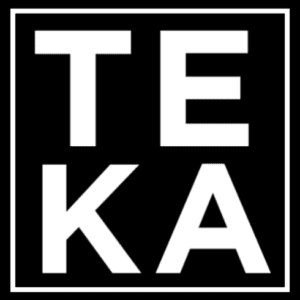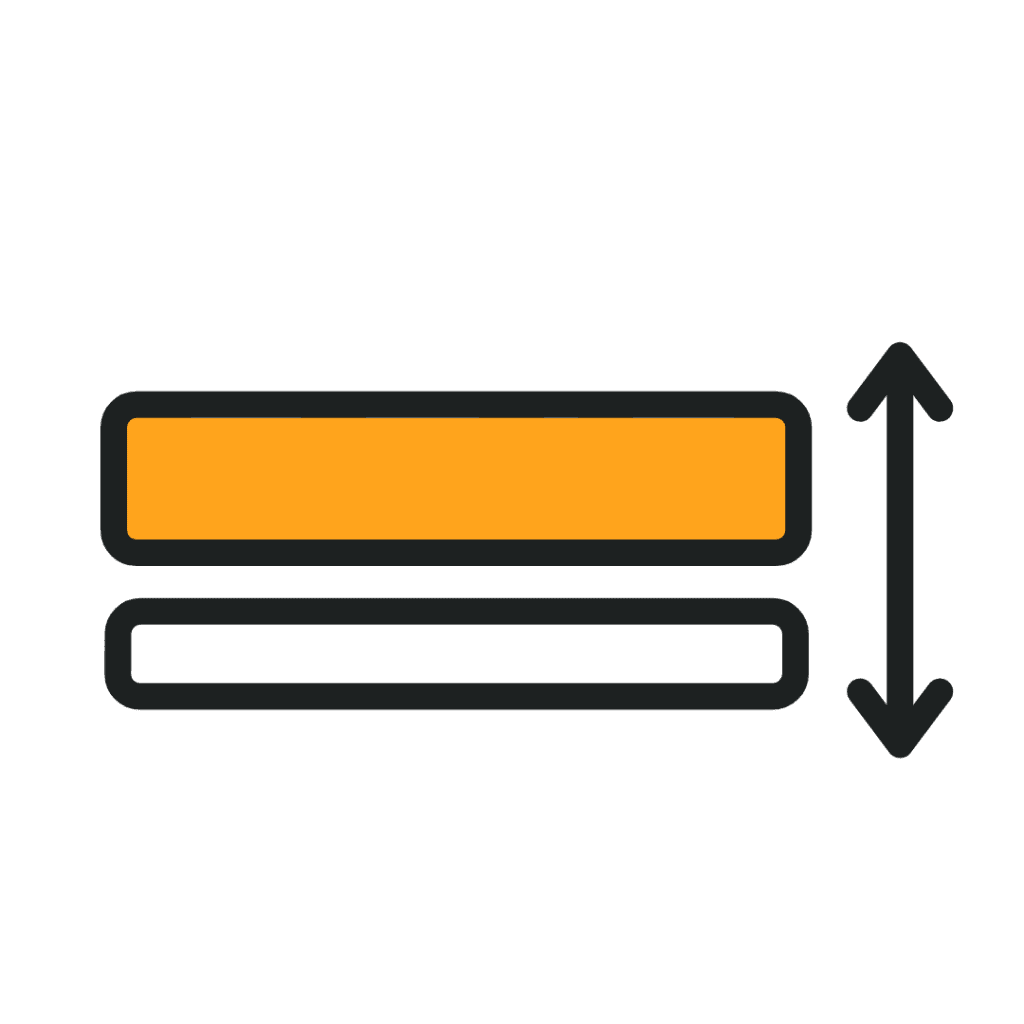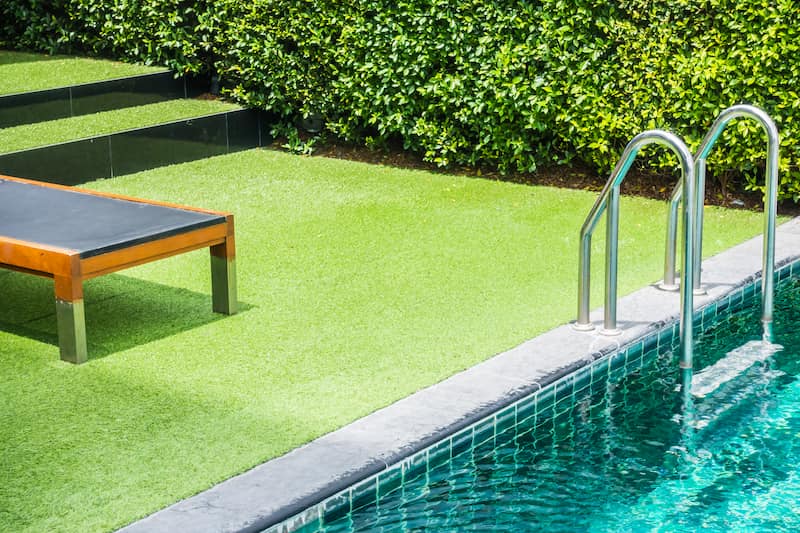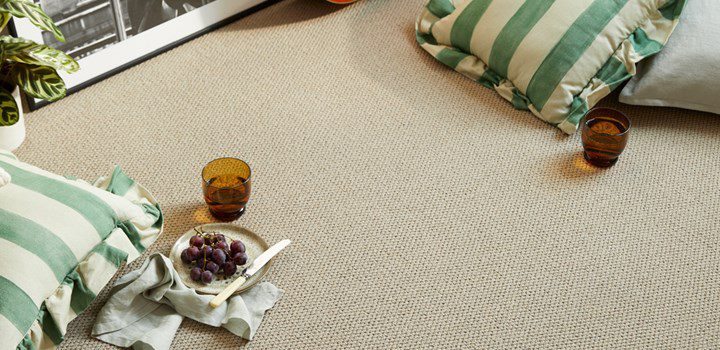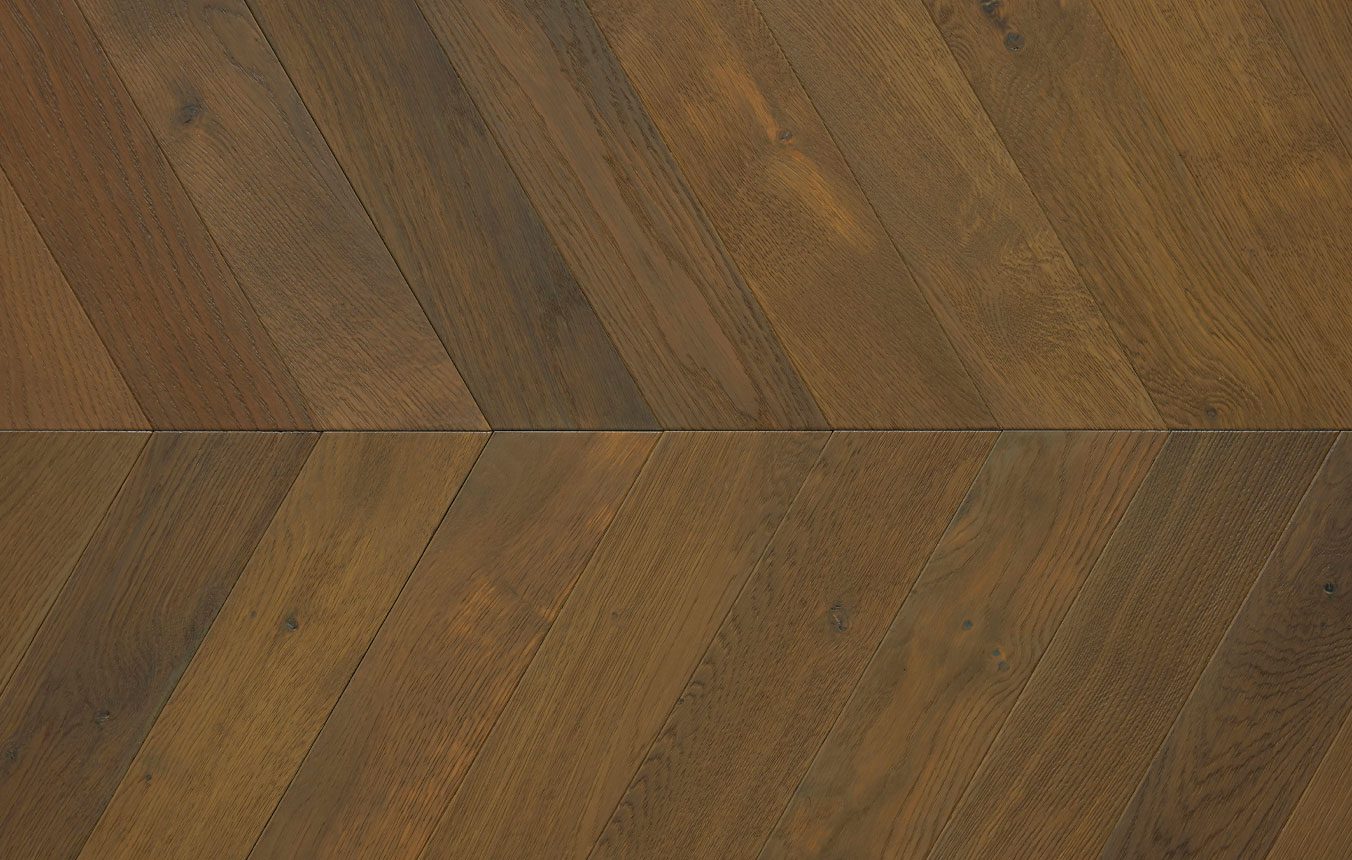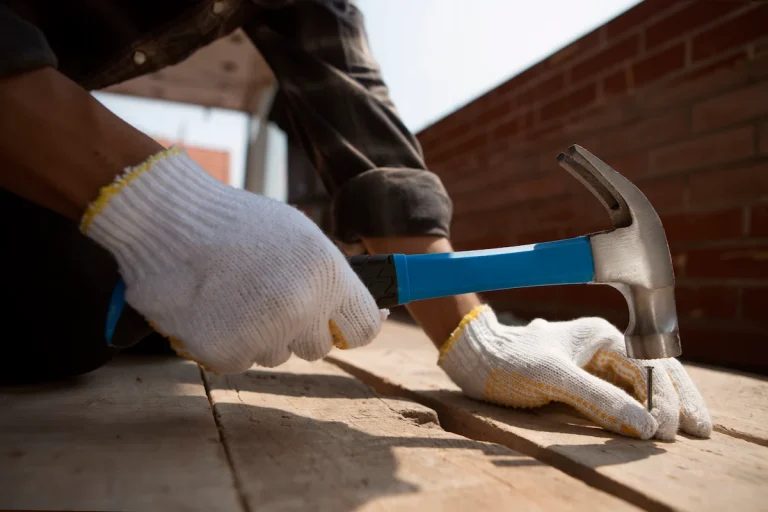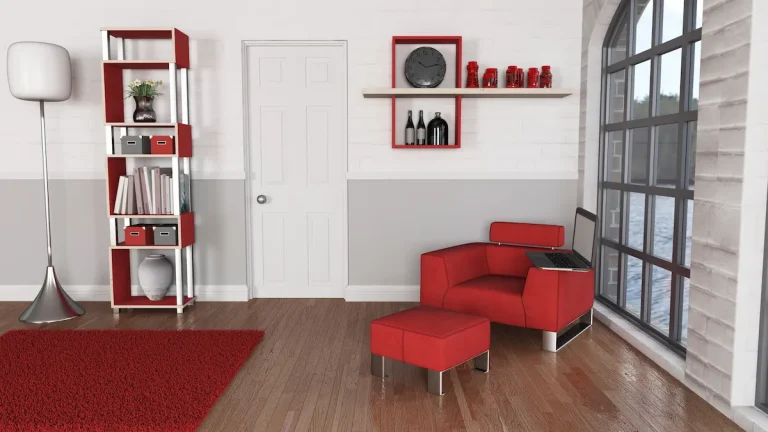Artificial grass has increasingly gained popularity among homeowners looking for a vibrant and low-maintenance lawn solution. Proper drainage is essential for preserving the aesthetic appeal and durability of artificial grass, especially when dealing with compacted soil and potential geological problems. What to put under artificial grass for drainage?
This guide delves into the significance of drainage beneath artificial grass, recommends optimal materials for installation, such as a paver base and crushed granite, and provides detailed step-by-step instructions. Whether one is starting from the ground up or resolving pre-existing drainage concerns, this comprehensive guide serves to assist in creating a beautiful and trouble-free artificial lawn.
The Function of Drainage for Artificial Grass
Drainage is a critical component in the installation of artificial grass, as it facilitates the effective flow of water away from the surface, thereby preventing inadequate drainage and the accumulation of water that can adversely affect both the synthetic turf and the underlying soil. Properly designed drainage patterns can mitigate the risks associated with poor drainage.
An appropriately designed drainage system is essential for maintaining the durability and longevity of artificial grass, which is engineered to replicate natural conditions while offering numerous advantages, including enhanced water conservation and reduced maintenance requirements.
In the absence of sufficient drainage holes and proper consideration of geological conditions, homeowners may encounter significant challenges that could compromise both the performance and aesthetic appeal of their artificial lawn. Installation errors and failure to address the water table can lead to significant issues.
What to Put Under Artificial Grass for Drainage?
You may be wondering, what to put under artificial grass for drainage. Proper drainage is essential for artificial grass to prevent water pooling, maintain durability, and ensure a smooth, stable surface.
Choosing the right base materials can make a significant difference in the longevity and performance of your artificial lawn, as these materials facilitate effective water management and mitigate problems such as inadequate drainage and flooding.
1. Gravel
Gravel is an exceptionally effective material for establishing a drainage system beneath artificial grass due to its coarse texture, which promotes excellent water permeability and facilitates efficient drainage through designated drainage holes.
The use of gravel not only prevents water accumulation but also enhances the overall stability of artificial grass installations, particularly when used with a weed membrane to prevent weed growth. By allowing excess water to flow freely away from the surface, gravel significantly reduces the risk of puddles that can potentially damage the grass over time. Its capacity to support the weight of the installation plays a crucial role in prolonging the lifespan of the grass. This synergy ensures that each component functions cohesively within the drainage system, where gravel integrates seamlessly with drainage holes to optimize water dispersion.
- Water Management: Gravel efficiently channels water away, thereby reducing the potential for saturation.
- Structural Support: It aids in maintaining the integrity of the grass layer, preventing sinking or shifting.
- Easy Installation: Gravel can be quickly laid out, making it an efficient choice for contractors.
In conclusion, the use of gravel is vital for ensuring effective drainage and providing support to the artificial grass system.
2. Sand
Sand is a widely used material in the drainage system for artificial grass, as it provides excellent water retention capabilities while ensuring even water distribution, thereby enhancing overall water conservation efforts.
Sand is a widely used material in the drainage system for artificial grass, as it provides excellent water retention capabilities while ensuring even water distribution, thereby enhancing overall water conservation efforts. It is often used in conjunction with MOT Type 1 for added stability.
Sand is a widely used material in the drainage system for artificial grass, as it provides excellent water retention capabilities while ensuring even water distribution, thereby enhancing overall water conservation efforts.
Incorporating sand into the base layer beneath synthetic turf allows the drainage system to benefit from improved filtration, facilitating the free flow of excess water through the surface. This characteristic not only prevents water pooling but also promotes healthier root systems, particularly when organic infill materials are applied.
Moreover, using sand can significantly reduce runoff, contributing to water conservation in arid regions. However, it is important to consider potential downsides, such as its compatibility with other drainage solutions like French ditches and drainage grids. Unlike other materials, such as gravel, sand may create a softer base that is less effective in supporting heavy foot traffic. Additionally, due to its fine texture, sand may require more frequent maintenance to ensure it retains its structural integrity and drainage capabilities.
Ultimately, while the use of sand for drainage beneath artificial grass can lead to optimised water conservation, it is essential to evaluate its practicality in comparison to other alternatives for long-term durability and performance.
3. Crushed Stone
Crushed stone serves as an exceptional component of the drainage system for artificial grass, providing a stable sub-base layer that facilitates rapid water flow and helps prevent water pooling.
Plus its structural benefits, crushed stone enhances water infiltration, creating a reliable environment for the installation of artificial turf. Its angular edges interlock effectively, forming a solid foundation that minimises settling and shifting over time. This stability is crucial for maintaining both the aesthetic appeal and functionality of the artificial surface, especially in high-traffic areas like playgrounds and pet applications.
Furthermore, crushed stone’s compatibility with various drainage materials, such as:
- Geotextiles
- Drainage pipes
- Sand
ensures a comprehensive and efficient drainage system. When these elements are combined, they work synergistically to redirect excess water, thereby protecting the integrity of the grass and maintaining a safe and enjoyable space for recreational activities. The overall design not only meets functional requirements but also enhances the visual appeal of the landscape.
4. Drainage Mats
Drainage mats are advanced solutions specifically engineered to improve the drainage systems beneath artificial grass, facilitating optimal water management while minimising maintenance efforts.
Drainage mats are advanced solutions specifically engineered to improve the drainage systems beneath artificial grass, facilitating optimal water management while minimising maintenance efforts. They are particularly effective in areas with a high water table.
Drainage mats are advanced solutions specifically engineered to improve the drainage systems beneath artificial grass, facilitating optimal water management while minimising maintenance efforts.
These mats play a vital role in preventing soil erosion by establishing a structured barrier that helps maintain the integrity of the soil. As water flows through the artificial turf, the drainage mats ensure that it is efficiently directed away, thereby preventing pooling and saturation, which can result in instability.
Their design enhances aeration within the soil, fostering a healthier environment for any underlying plants or roots. The advantages of utilising drainage mats extend beyond immediate water management; they significantly contribute to the longevity of artificial grass installations. By reducing the risks associated with water accumulation, drainage mats protect the lifespan and durability of the turf itself, thereby decreasing the frequency and costs associated with maintenance.
Key benefits include:
- Effective prevention of soil erosion
- Enhanced water flow and drainage
- Support for overall turf durability
What Is the Best Material for Drainage Under Artificial Grass?
The optimal material to put under artificial grass for drainage is contingent upon the specific requirements of the installation and the geological conditions of the site. However, a combination of a gravel base and crushed stone is often recommended due to their exceptional drainage properties and structural support.
How to Prepare the Ground for Drainage Under Artificial Grass
Preparing the substrate for drainage beneath artificial grass is a critical step in ensuring the longevity and effectiveness of the installation. This requires meticulous attention to detail and the application of appropriate techniques, such as the use of a turf underlay or rubber mulch, to optimise the drainage system’s performance.
1. Remove Existing Turf and Debris
The initial step in preparing the ground for drainage beneath artificial grass involves the removal of any existing turf and debris. This procedure is essential to establish a clean surface, allowing for the effective installation of the drainage system.
The removal of old turf and debris is critical for achieving optimal results during the artificial grass installation process, utilising MOT Type 1 for a stable base. This step not only creates a level area for installation but also enhances water drainage, thereby minimising the risk of pooling or flooding. The process typically requires a combination of tools and methods to ensure thorough removal.
Tools Needed:
- Shovels and spades for cutting through soil
- Rakes for gathering and smoothing out debris
- Wheelbarrows for the efficient transportation of turf
- A sod cutter for larger areas of grass
By employing these techniques, one can effectively address the challenges posed by existing turf, ensuring that subsequent phases of installation, including drainage and the laying of the synthetic surface, can proceed without complications.
2. Level the Ground
Leveling the ground is a critical step in the proper installation of drainage systems beneath artificial grass, as an uneven surface can result in water pooling and suboptimal drainage performance.
To ensure optimal functionality, contractors typically commence by evaluating the existing landscape to identify any elevated or depressed areas. This assessment is essential, as proper grading can significantly enhance the effectiveness of the drainage system. The process may involve:
- Excavation: Removing excess soil from elevated areas to achieve a uniform surface.
- Adding Soil: Filling in depressed areas with compacted soil to create a consistent grade.
- Slope Creation: Establishing a slight gradient away from structures to facilitate efficient water runoff.
Employing these methods not only prepares the area for the installation of artificial grass but also markedly improves the functionality of the drainage system, thereby preventing issues such as flooding and erosion.
3. Compact the Soil
Compacting the soil is a critical step in preparing the ground for drainage beneath artificial grass, as it enhances the stability of the drainage system and mitigates the potential for future settling or shifting, while incorporating weed control measures.
This process not only fortifies the foundation but also ensures efficient water drainage, thereby preventing pooling that could compromise the integrity of the artificial grass. To achieve the desired level of compaction, various methods and tools are employed:
- Manual Compaction: Hand tools, such as rammers, can effectively compact smaller areas.
- Mechanical Compactors: Plate compactors and roller compactors are well-suited for larger expanses, offering uniform pressure and reducing labour intensity.
- Moisture Content: It is essential to maintain the appropriate moisture level in the soil prior to compaction; conditions that are too dry or too wet may result in inadequate stability.
By ensuring that the soil is properly compacted, individuals can optimize drainage effectiveness, thereby contributing to the longevity of the artificial grass installation.
4. Add a Layer of Crushed Stone
Adding a layer of crushed stone is a highly effective method for enhancing the drainage system beneath artificial grass, as this material promotes optimal water flow and minimises the risk of water accumulation.
The significance of this crushed stone layer cannot be overstated; it not only facilitates efficient drainage but also contributes to the long-term integrity of the grass. To ensure proper installation, one should first excavate the area to the desired depth, maintaining a fine grade before introducing a uniform layer of crushed stone.
- Choose the Right Size: Selecting stones of 19mm in size can provide sufficient support and permeability.
- Compaction: It is essential to compact the layer to ensure stability, preventing shifting under the weight of the artificial surface.
- Geotextile Fabric: To enhance effectiveness, incorporating a layer of geotextile fabric beneath the crushed stone can help prevent weed growth and maintain drainage efficiency.
By ensuring the proper installation of the crushed stone layer, one not only enhances the aesthetic appeal of the landscape but also establishes a sustainable environment that effectively manages water runoff, which is vital for the longevity of artificial grass.
How to Install Drainage Under Artificial Grass
Not only what to put under artificial grass for drainage, the installation of drainage beneath artificial turf is a crucial process that involves several steps to ensure the establishment of a functional and effective drainage system. This system is designed to prevent water accumulation and maintain the integrity of the artificial lawn.
1. Lay the Drainage Material
The initial step in installing drainage beneath artificial grass involves evenly distributing the drainage material across the prepared ground to ensure optimal coverage for effective water management.
This initial phase is critical, as it significantly impacts the overall functionality of the drainage system. Properly installed drainage materials enhance efficient water flow, thereby preventing problems such as pooling or waterlogging, which can adversely affect the grass over time.
To achieve a uniform layer, it is advisable to:
- Utilise a rake to evenly spread the material, eliminating any high or low spots that may disrupt the flow.
- Employ a level to verify consistency across the surface, ensuring that water will drain away effectively.
- Consider implementing a slight slope to facilitate the direction of water towards designated drainage outlets.
Selecting high-quality drainage materials, such as gravel or perforated pipes, will enhance the effectiveness and longevity of the drainage system. Adhering to these steps meticulously will contribute to ensuring that all subsequent installations proceed efficiently.
2. Add a Layer of Sand
Adding a layer of sand to the drainage system beneath artificial grass is essential, as it facilitates even water distribution and enhances the overall drainage capability.
When implementing this method, it is crucial to consider the type of sand used; opting for a coarse sand that offers excellent permeability is paramount. Proper installation begins with the preparation of the base, ensuring that the ground is compacted and level. Following this, a uniform layer of sand, typically 25 to 50 millimetres in depth, should be spread evenly across the designated area.
- Ensure that the sand is free from debris and larger particles that may impede drainage.
- Use a rake to achieve even distribution, addressing any low spots as necessary.
- It is advisable to compact the sand slightly to secure it in place without compromising drainage efficacy.
By adhering to these best practices, the longevity and effectiveness of the drainage system beneath artificial grass can be significantly enhanced, providing homeowners with a durable and reliable solution for managing water flow.
3. Compact the Sand
Compaction of the sand layer is essential for ensuring the stability of the drainage system beneath artificial grass, as it prevents shifting and promotes effective water flow.
This process is critical for optimising drainage solutions, as it helps maintain a level surface, which is vital for long-term performance. Various techniques can be employed for compacting sand, including:
- Hand tampering: This method is suitable for small areas and involves using a tamper to manually compress the sand.
- Plate compactors: Ideal for larger areas, this machine vibrates on the surface, allowing for more efficient packing of the sand.
- Water-based compaction: Introducing moisture can enhance the cohesion of the sand, facilitating the achievement of a solid base.
Utilising these techniques ensures that the drainage system operates effectively, allowing for proper water flow and preventing damage caused by water accumulation. Proper compaction reduces future maintenance requirements, guarantees durability, and ultimately results in an efficient drainage system that provides reliable support for artificial turf.
4. Lay the Artificial Grass
The final step in the installation of drainage beneath artificial grass involves laying the synthetic turf over the prepared drainage system, ensuring proper placement to facilitate optimal water flow.
Ahead of proceeding, it is essential to inspect the underlying base, possibly using MOT Type 1 sub-base material, to confirm that it is level and compact. An uneven surface can result in water pooling, which may compromise the effectiveness of the drainage system. Adequate drainage considerations should be addressed, such as ensuring that the turf is installed with a slight slope to promote runoff.
- Measure the area accurately and cut the turf to fit snugly without overlapping.
- Utilise infill materials as necessary to provide stability and support for the grass fibres.
- Seam the edges securely to prevent unravelling.
It is imperative to conduct a water test post-installation to verify that the drainage system is functioning correctly, allowing any accumulated water to disperse efficiently.
The Signs of Poor Drainage Under Artificial Grass
Identifying the signs of inadequate drainage beneath artificial grass is crucial for preventing long-term damage and ensuring the durability of the installation.
Common indicators of poor drainage include the accumulation of water on the surface and the presence of waterlogged areas, both of which can adversely affect the overall aesthetic and functionality of the artificial lawn.
How to Fix Poor Drainage Under Artificial Grass
Addressing inadequate drainage beneath artificial grass is essential for preserving the integrity of the installation. This process may require various corrective actions, including:
1. Install a Drainage System
One of the most effective solutions for addressing poor drainage beneath artificial grass is the installation of a comprehensive drainage system, which may include the addition of drainage holes to facilitate efficient water flow.
Implementing a new drainage system requires several methodical steps that demand careful planning and execution. Initially, it is essential to gather the necessary tools and materials, which typically include a spade, a spirit level, drainage pipes, gravel, landscape fabric, and perhaps consider a French ditch for enhanced drainage. The following is a detailed step-by-step guide for this process:
- Assessment: Evaluate the existing drainage layout to identify areas that require attention.
- Planning the Layout: Design a drainage system that effectively redirects water away from the artificial grass.
- Excavation: Carefully excavate trenches for the drainage pipes, ensuring that the slope is sufficient for optimal water flow.
- Installation: Place gravel for drainage support, followed by the installation of drainage pipes, and then add additional gravel.
- Covering: Conclude the process by applying landscape fabric and restoring the area with soil or grass as required.
By adhering to these steps, one can significantly enhance drainage performance and ultimately extend the longevity of the artificial grass installation.
2. Add More Drainage Material
Adding additional drainage material can significantly enhance poor drainage conditions beneath artificial grass by increasing the system’s capacity to effectively manage excess water.
The selection of drainage materials is vital for improving overall performance. Commonly used options include:
- Permeable Gravel: This material offers excellent filtration while facilitating the free flow of water.
- Geotextiles: These serve as barriers that prevent soil from clogging the drainage system, thereby extending its longevity.
- Drainage Mats: These mats elevate the turf and promote quicker water dispersal, which is essential for areas prone to standing water.
The incorporation of these materials necessitates meticulous planning; they should be strategically positioned to ensure optimal flow and functionality. The outcome is a significantly improved drainage system that not only protects the artificial grass but also enhances its longevity and usability.
3. Re-level the Ground
Re-leveling the ground is a critical step in addressing drainage issues beneath artificial grass, as an uneven surface can lead to water pooling and inadequate drainage.
This process typically involves several methodical steps to ensure optimal outcomes. Initially, one must evaluate the current condition of the ground and identify areas of elevation and depression. This assessment is essential for effectively planning the re-leveling process.
Common techniques used in this procedure include:
- Grading: This method employs heavy machinery, such as skid-steer loaders and graders, to redistribute soil and create a more uniform surface.
- Excavation: In more severe cases, excavation may be necessary to remove excess soil or debris, particularly in areas where drainage issues are prominent.
- Adding Fill Material: In some instances, the incorporation of fill material, such as crushed stone or soil, is essential to level low areas and facilitate even drainage.
Utilising appropriate tools, such as a laser level, can enhance precision, ensuring that the ground slope effectively directs water away from the artificial turf, thereby mitigating any drainage problems.
4. Consult a Professional
When encountering persistent drainage issues beneath artificial grass, it is advisable to consult a professional who can offer valuable insights and solutions that will ensure both the integrity and longevity of the lawn.
Expert drainage professionals possess a comprehensive understanding of the various factors that can impact drainage systems. They will conduct a thorough assessment of the area, taking into account aspects such as soil composition, landscaping, and the existing drainage infrastructure. This meticulous evaluation enables them to identify the root causes of water accumulation or inadequate drainage.
In addressing these challenges, professionals may recommend a range of effective solutions tailored specifically to the unique conditions of the site. These recommendations may include the installation of appropriate drainage channels, enhancement of soil permeability, or even modifications to the layout of the artificial lawn itself.
- Comprehensive site analysis
- Tailored solutions for optimal drainage
- Long-term maintenance and support
Leveraging the expertise of these specialists not only improves the performance of the artificial grass but also safeguards your investment by preventing future complications arising from overlooked drainage issues.
Ensuring proper drainage beneath artificial grass is crucial for maintaining a long-lasting, low-maintenance lawn. A well-prepared base with materials like crushed granite, limestone chippings, or a high-quality permeable membrane prevents water buildup and enhances the durability of your turf.
At TEKA Flooring, we offer premium artificial grass designed for excellent drainage, durability, and a natural look. Our high-quality products, combined with expert installation services, ensure you get the best results for your outdoor space. Contact TEKA today to find the perfect artificial grass solution for your home or business!
Read also:



